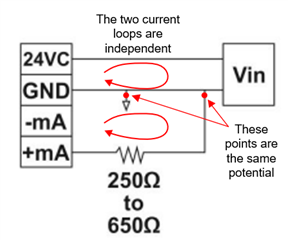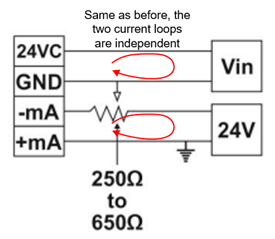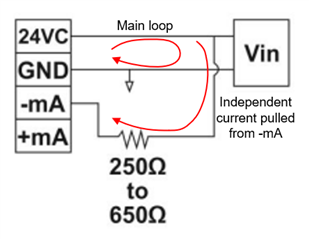Other Parts Discussed in Thread: DAC161S997,
Dear Team,
We have designed the current output circuit using the DAC161S997 IC and the DAC8740 HART IC. For detailed design information, please refer to the attached document. According to our design, the HART communicator connects with our system when it is operating in SINK mode. However, when we switch to Source mode or Isolation Mode, the HART IC does not send digital data to the MCU. We are using a 500-ohm resistor as the load. This system functions as a 3-wire system in both sink and source modes, and as a 4-wire system in Isolation mode. Kindly review the details and update me if there are any mistakes.






